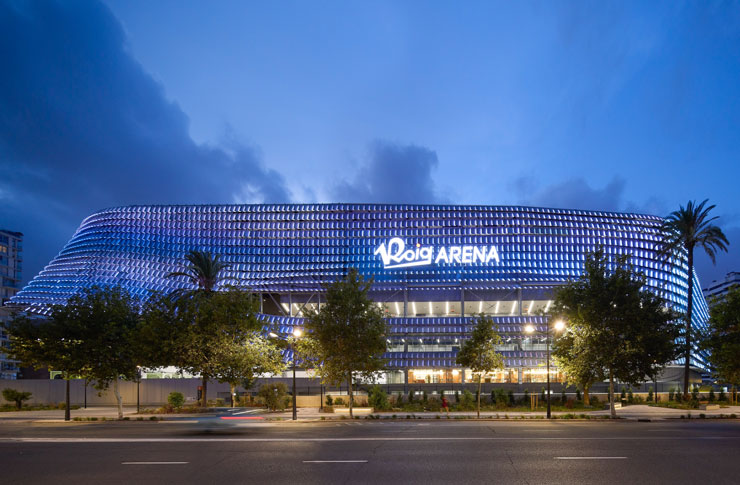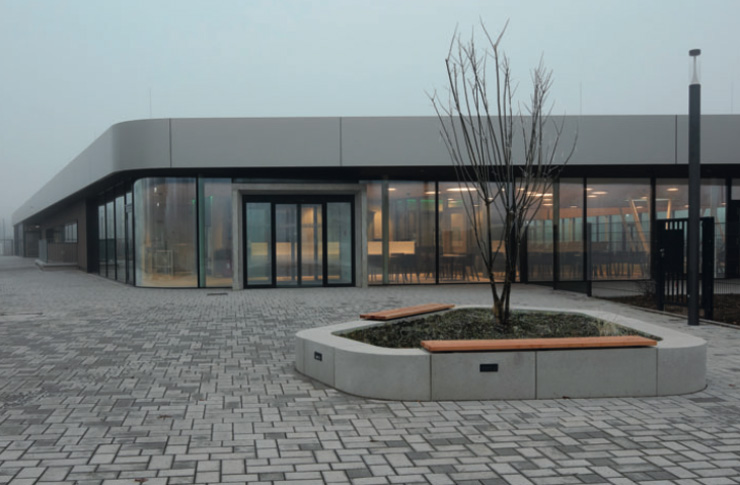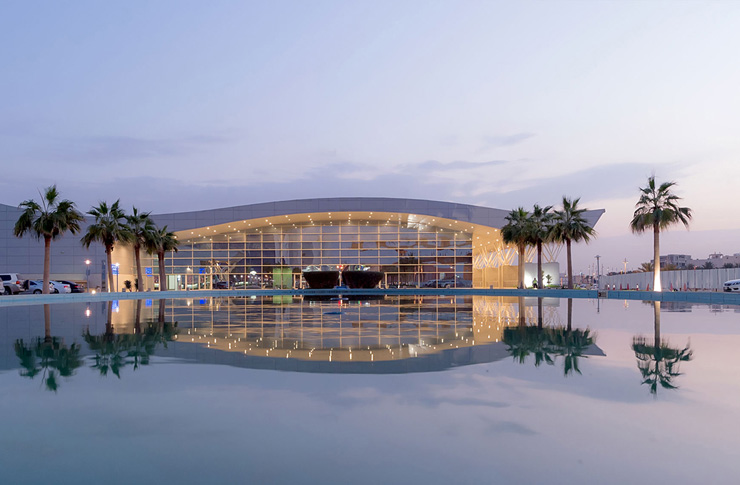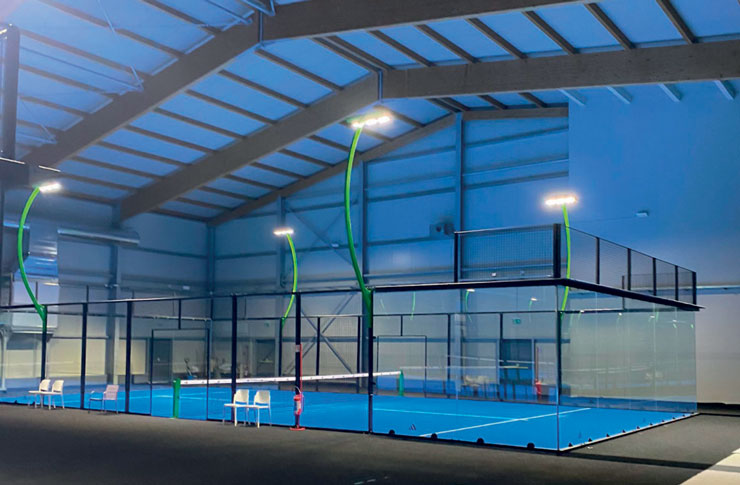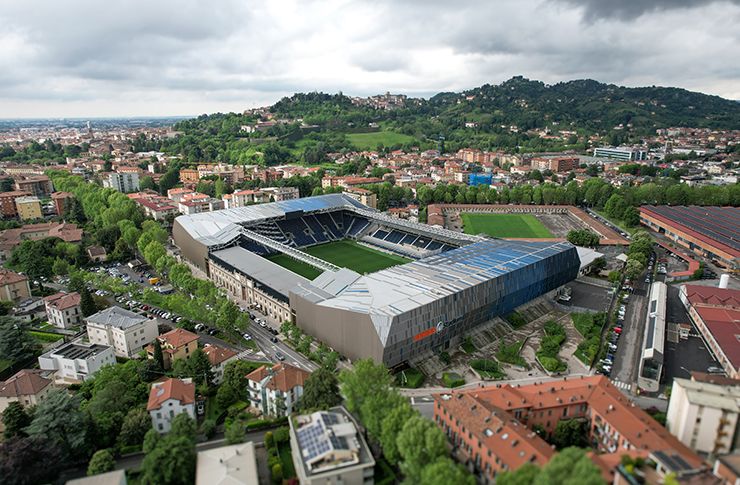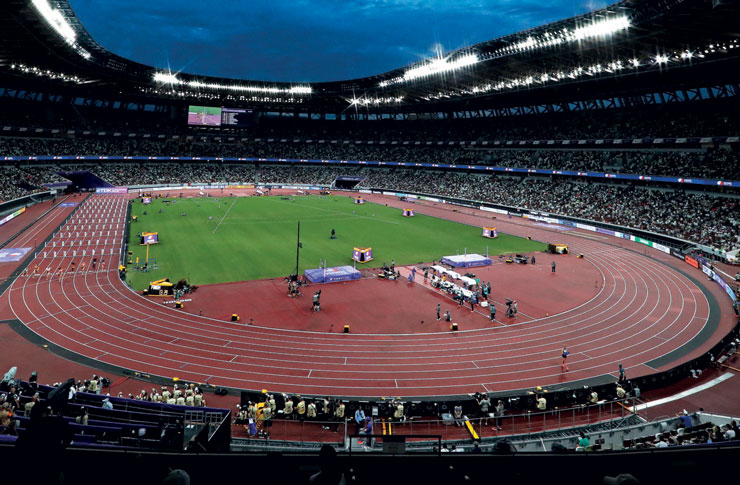PEFCR aims to make the environmental impact of synthetic turf surfaces transparent. Formula Prato’s ONE-DNA™ is in line with European directives.
Sustainability of artificial turf: the role of PEFCR and the ONE-DNA™ innovation
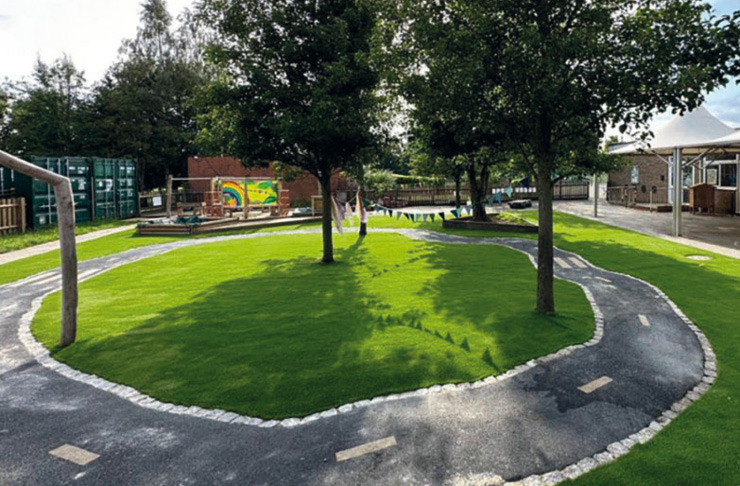
PEFCR is a key tool for making the environmental impact of synthetic turf transparent, and Formula Prato‘s ONE-DNA™ is definitely in line with the latest European assessments and regulations.
In fact, the European Union aims to become climate neutral by 2050 and to reduce climate-changing emissions by 55% by 2030. To support this path, the European Commission has launched the Circular Economy Action Plan and the Green Deal strategy, which push all industrial sectors to adopt eco-design and sustainable production principles.
More and more companies are communicating their environmental commitment, often through product life cycle analyses. However, without a shared method, the data are difficult to compare and can be misleadingly used to appear “greener” than they are.
To provide clarity and limit the proliferation of environmental labels, the Commission has chosen the PEF (Product Environmental Footprint) methodology, which allows the environmental impact of products to be assessed in a uniform way. To be effective, each sector must follow common rules, called “category rules” (CR), which define how to properly conduct the study.
The importance of PEFCR for artificial turf
PEFCR allows manufacturers, public authorities and consumers to compare products objectively. Today’s buyers are increasingly aware of sustainability and want to make informed choices.
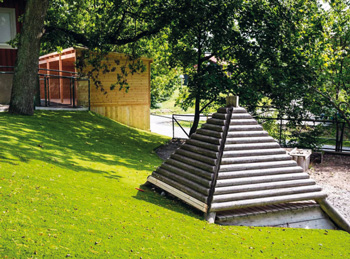
The inclusion of microplastics in the PEF “category rules” pushes the industry to innovate and develop more sustainable solutions. Key opportunities include:
- product innovation: development of synthetic turf that releases fewer or no microplastics through improved materials or designs;
- recyclability: increased attention to product end-of-life and investment in effective recycling systems;
- competitive advantage: companies that comply with PEFCR standards can distinguish themselves in the marketplace and meet the growing demand for sustainability.
ONE-DNA™’s role in PEFCR
As a pioneer in the artificial turf industry, ONE-DNA™ has already taken steps towards full recyclability and sustainability of all its artificial turf solutions:
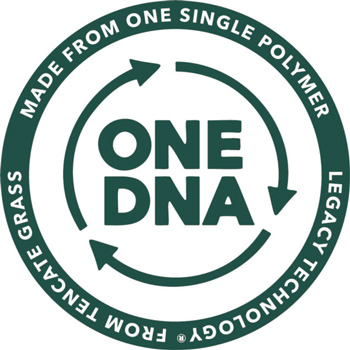
- A single raw material for easier recycling: ONE DNA™ uses a single raw material, making the product fully recyclable at the end of its life cycle and reusable for new PE applications. This improves product circularity and reduces waste streams.
- Lower CO2 emissions during production. Thanks to the innovative production process of ONE DNA™, CO2 emissions are significantly lower than in traditional artificial turf production. By reducing emissions, you actively contribute to the fight against climate change, an increasingly important goal in the pursuit of corporate carbon neutrality.
- The Environmental Product Declaration (EPD) provides full transparency on the environmental impact of ONE DNA™ artificial turf. This document provides independent and verified information on the entire product life cycle. It helps architects, municipalities and other interested parties make informed choices about sustainable materials that meet the highest environmental standards.
- Digital Product Passport (DPP): a tool that gathers detailed information on composition, material origin, environmental impact and certifications (such as SVHC, safety, fire resistance and ageing), based on an LCA assessment according to EN15804+A2.

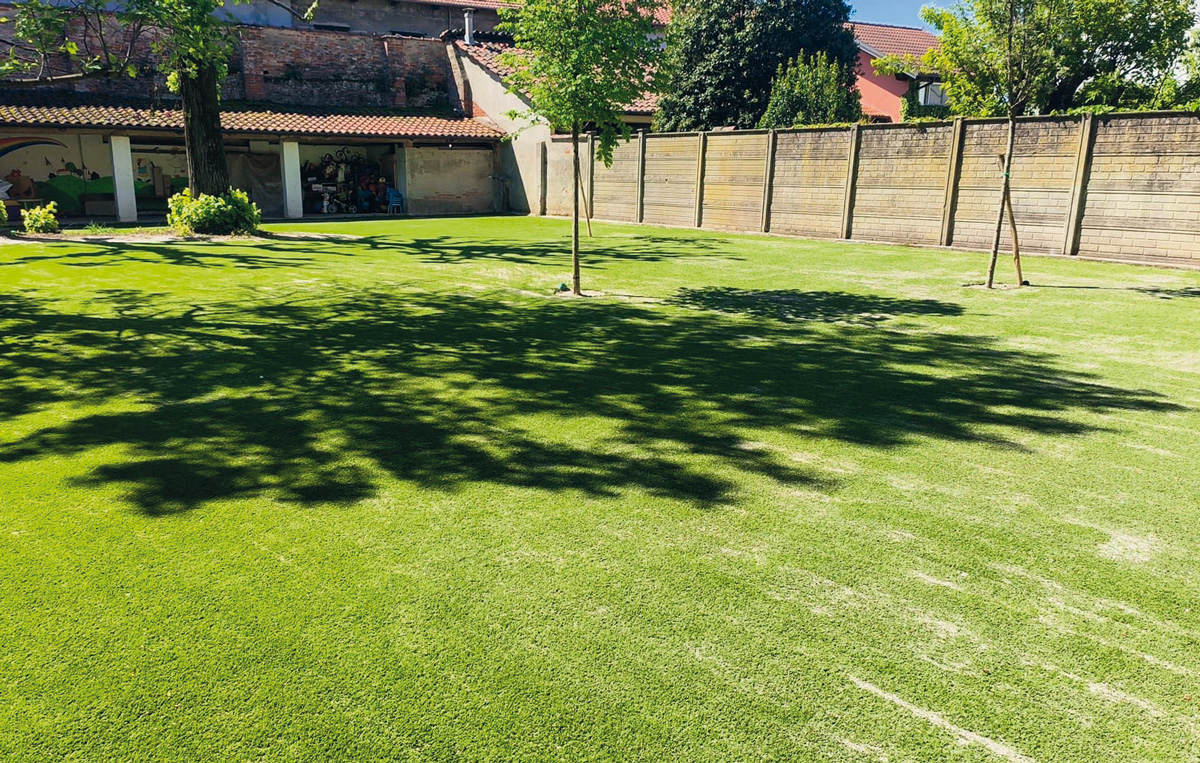
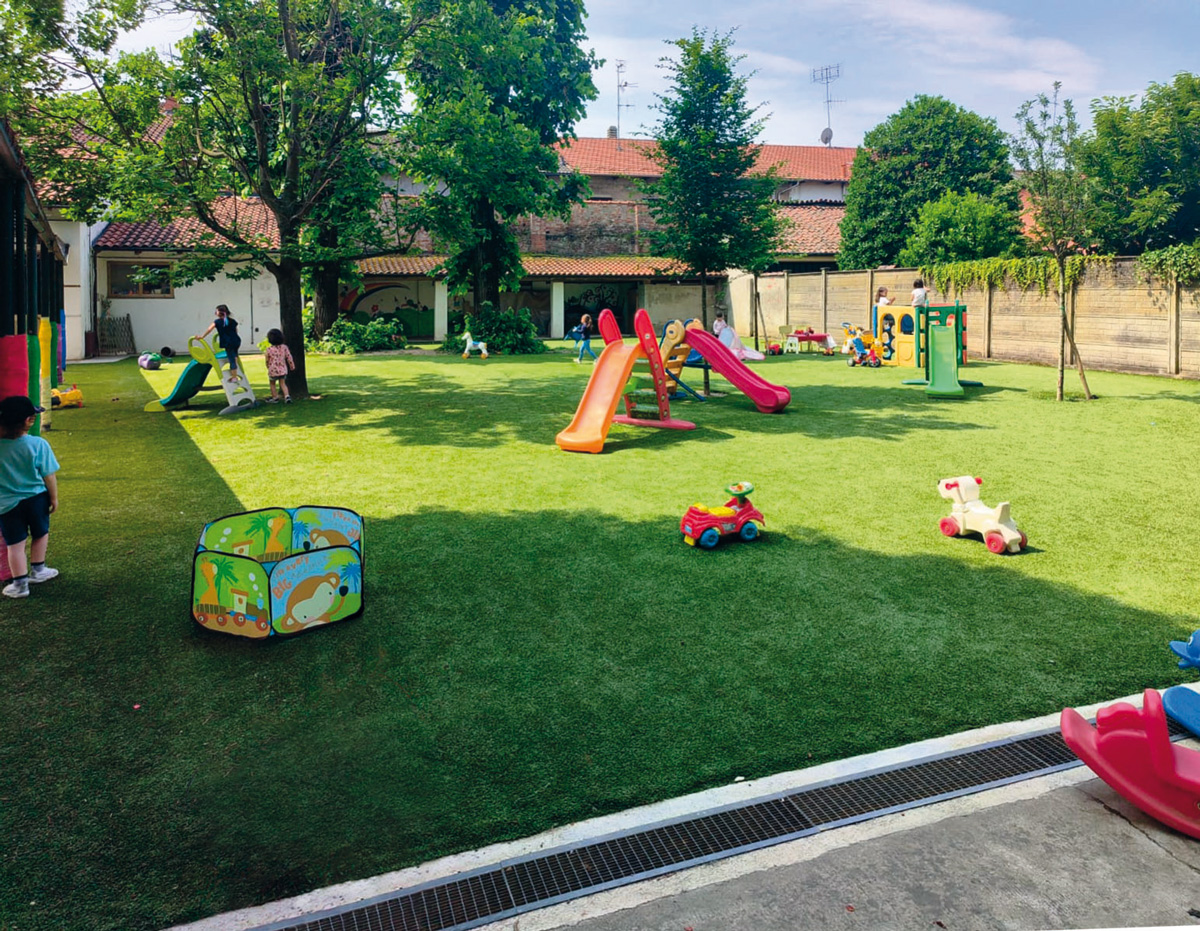
With the introduction of PEFCR for synthetic turf and the focus on microplastics, ONE-DNA™ is certainly well positioned to meet these new standards, continuing to lead the industry’s sustainable innovation.
News by Formula Prato


